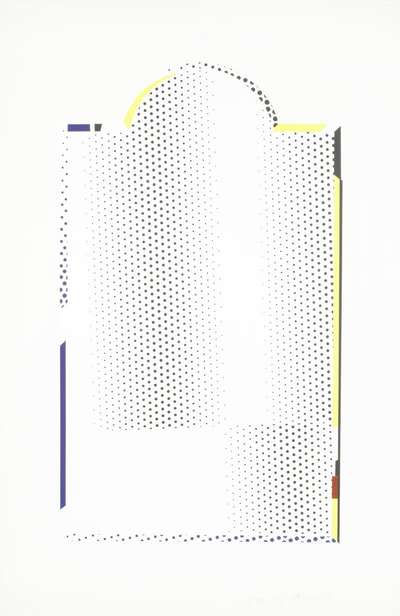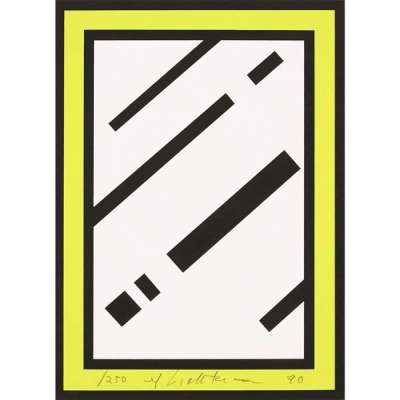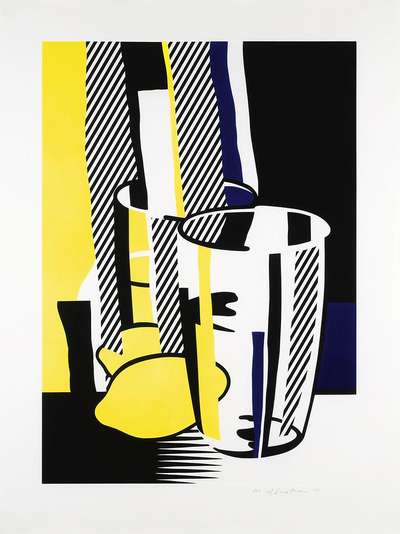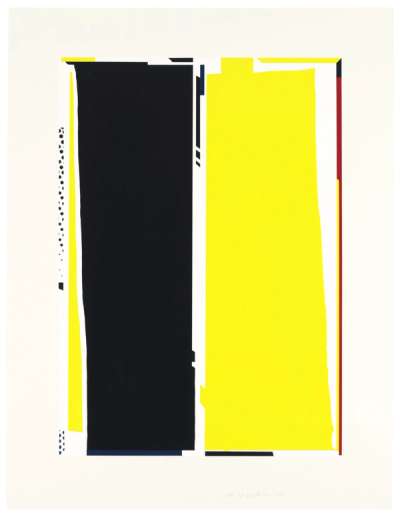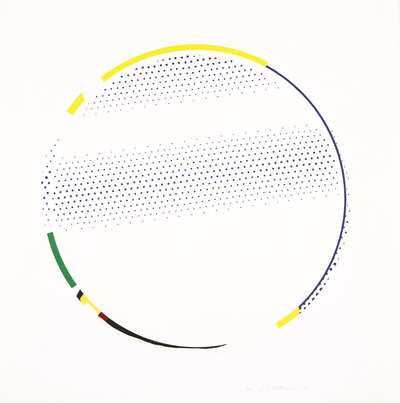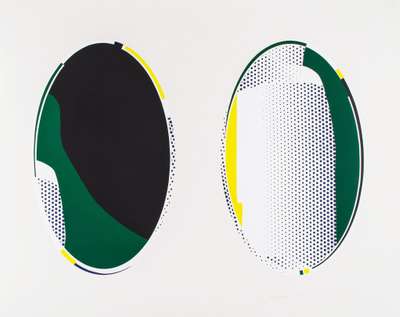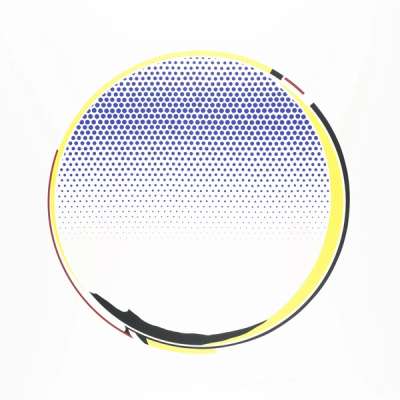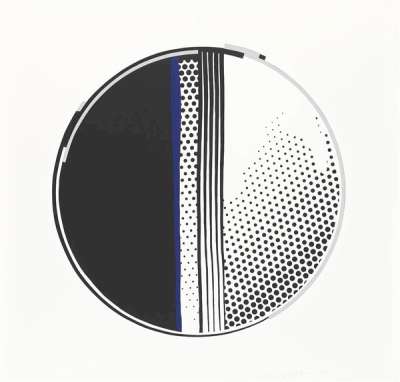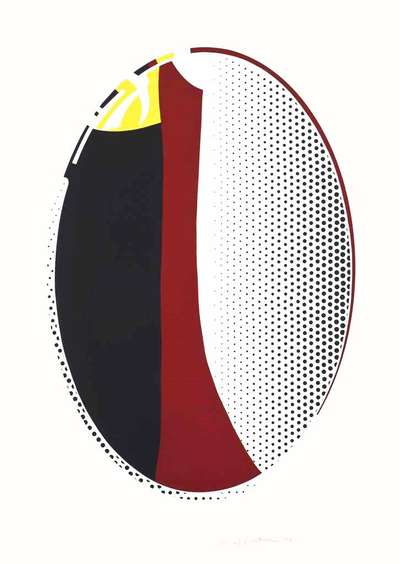
Twin Mirrors

Twin Mirrors
Signed Print
Roy Lichtenstein
£6,500-£10,000Value Indicator
$13,500-$20,000 Value Indicator
$12,000-$18,000 Value Indicator
¥60,000-¥90,000 Value Indicator
€8,000-€12,000 Value Indicator
$70,000-$100,000 Value Indicator
¥1,260,000-¥1,940,000 Value Indicator
$8,500-$13,000 Value Indicator
AAGR (5 years) This estimate blends recent public auction records with our own private sale data and network demand.
There aren't enough data points on this work for a comprehensive result. Please speak to a specialist by making an enquiry.
Medium: Screenprint
Edition size: 250
Year: 1970
Size: H 86cm x W 53cm
Signed: Yes
Format: Signed Print
TradingFloor
Track this artwork in realtime
Watch artwork, manage valuations, track your portfolio and return against your collection
Track auction value trend
Auction Results
| Auction Date | Auction House | Location | Hammer Price | Return to Seller | Buyer Paid |
|---|---|---|---|---|---|
| February 2024 | Rago | United States | |||
| November 2023 | Swann Galleries | United States | |||
| July 2022 | Christie's New York | United States | |||
| October 2020 | Bonhams Knightsbridge | United Kingdom | |||
| August 2018 | Alex Cooper Auctioneers | United States | |||
| April 2015 | Bonhams San Francisco | United States | |||
| June 2014 | Phillips London | United Kingdom |
Meaning & Analysis
Roy Lichtenstein’s Mirrors review the symbolism attributed to the mirror motif throughout history. The artist began his enigmatic series in the late 1960s, concluding it in the early 1990s. In art and mythology, mirrors have been used to expose hidden truths and complex perspectives. In line with the conventions of object painting, Lichtenstein keeps the formal characteristics of his mirrors intact. However, the artist liberates the object from its symbolic and functional purposes.
Twin Mirrors was executed in 1970 and presents two conjoined mirrors. The oblong shapes are rendered black and white, with indigo details. Monochrome dots span the rectangular surface, alluding to the reflective and uneven attributes of glass. Jagged lines are arranged near the edges of the canvas, indicating two respective frameworks. Lichtenstein’s use of geometric forms and intricate details both constitute and obscure his subject matter. The mirrors are presented frontally, displaying the complete absence of reflections. As such, Twin Mirrors is as much a parody, as it is an illustration of mirrors.
Over the course of his career, Lichtenstein embarked on several other series dealing with vision and representation. His Water Lilies and Reflections, for instance, explore various perceptions of light and reflection. Meanwhile, Lichtenstein’s Entablaturesdelve further into object painting, reproducing enlarged architectural fragments as their main composition.
